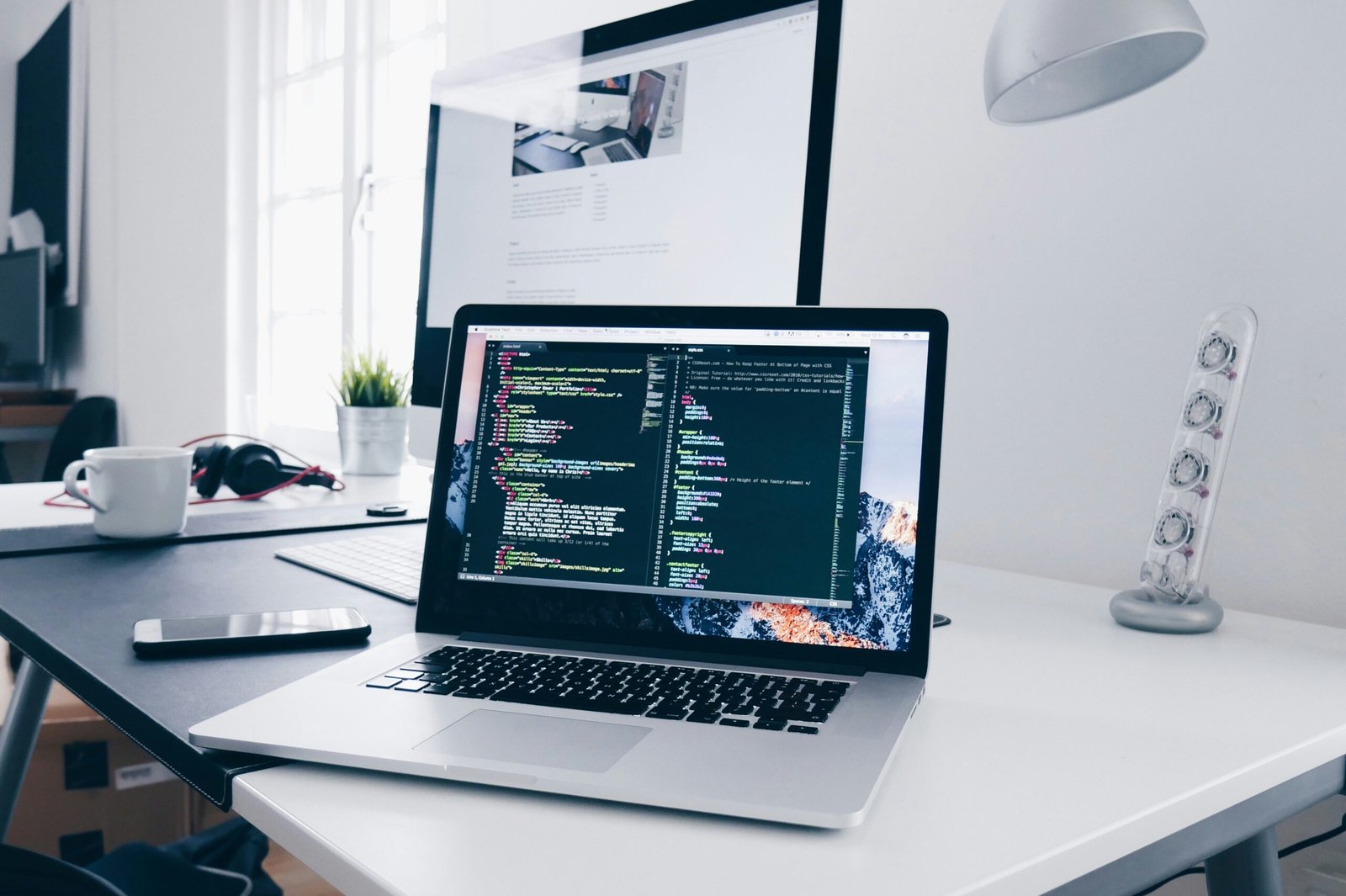Coffee robot kiosks represent a significant leap in the coffee industry, showcasing a blend of advanced technology and user-centric convenience.
These innovative kiosks are automated stations designed to serve high-quality coffee with minimal human intervention.
As the demand for quick and efficient service grows, coffee robot kiosks are becoming increasingly popular in various settings, including offices, shopping malls, and transportation hubs. They offer a perfect solution for busy individuals seeking a quick caffeine fix without compromising on quality.
The technology behind coffee robot kiosks is both sophisticated and intuitive.
Utilizing advanced robotics and artificial intelligence, these kiosks can prepare a wide range of coffee beverages, from classic espressos to intricate lattes, all tailored to individual preferences.
The process is seamless; customers simply select their desired drink via a touch screen or mobile app, and the machine handles the rest, ensuring a consistent and high-quality brew every time.
One of the primary advantages of coffee robot kiosks is their efficiency.
Traditional coffee shops often face challenges such as long queues and human errors, which can affect customer satisfaction.
In contrast, coffee robot kiosks can serve multiple customers simultaneously, significantly reducing wait times.
This efficiency not only enhances the customer experience but also allows businesses to serve more customers in less time, ultimately boosting revenue.
Moreover, coffee robot kiosks are revolutionizing the way people access their daily coffee.
By eliminating the need for a barista, these kiosks can operate 24/7, providing round-the-clock access to quality coffee.
This level of convenience is particularly beneficial in high-traffic areas or places with irregular operating hours, ensuring that a good cup of coffee is always within reach.
In essence, coffee robot kiosks are more than just a novelty; they represent the future of the coffee industry.
By combining cutting-edge technology with unparalleled convenience, they are setting new standards for efficiency and customer satisfaction in coffee service.
How Coffee Robot Kiosks Work
Coffee robot kiosks represent a seamless integration of advanced robotics and artificial intelligence to deliver a high-quality coffee experience.
The process begins with the user interface, typically a touchscreen or mobile app, where customers can place their orders.
This interface is designed to be user-friendly, allowing for customization of beverages and selection of preferred ingredients.
Once the order is placed, the robotic system takes over. At the heart of this system is a robotic arm, equipped with precision sensors and actuators, which ensures accurate movement and handling.
The robotic arm fetches the coffee beans from a storage compartment and transfers them to the coffee grinder. The grinder, which is calibrated for consistency, grinds the beans to the desired coarseness based on the selected drink type.
The ground coffee is then directed to the brewing system. This system typically incorporates multiple brewing methods, such as espresso, drip, or pour-over, to cater to diverse coffee preferences.
Advanced sensors monitor the water temperature and brewing time, ensuring each cup of coffee is prepared to perfection. During the brewing process, the robotic arm may also handle additional tasks, such as frothing milk or adding syrups, to complete the customized beverage.
Once the coffee is brewed, the robotic arm carefully transfers the finished drink to the dispensing area. Here, the coffee robot kiosk employs precise positioning to ensure the cup is securely placed for customer pickup.
In some models, additional features like lid placement and cup sealing are also automated to enhance convenience and hygiene.
Throughout the entire process, the system’s AI continuously monitors each step, making real-time adjustments to optimize quality and efficiency.
This integration of robotics and AI not only guarantees a consistent and high-quality product but also significantly reduces the chances of human error.
By combining these cutting-edge technologies, coffee robot kiosks offer a reliable and innovative solution for modern coffee lovers.
Cost of Implementing a Coffee Robot Kiosk
The initial investment in a coffee robot kiosk encompasses several key components. Firstly, the cost of the machine itself can range significantly, often starting around $50,000 and going up to $200,000 or more, depending on the model and capabilities.
This investment includes the robotic arm, user interface, and integrated systems required for operation. Additionally, installation costs must be factored in, which may involve electrical work, plumbing, and other infrastructure modifications to meet operational needs.
Beyond the initial outlay, ongoing expenses play a crucial role in the overall cost of a coffee robot kiosk.
Maintenance is a significant aspect, ensuring that the robot operates smoothly and efficiently. Regular servicing, part replacements, and technical support can amount to a few thousand dollars annually.
Equally important are software updates, which keep the system up-to-date with the latest features and security protocols. These updates may be included in a service contract or require additional fees.
Ingredient supplies represent another ongoing cost. The robot will need a steady supply of coffee beans, milk, syrups, and other consumables. The cost of these supplies will vary based on the volume of sales and the quality of ingredients chosen.
It’s also essential to consider the cost of consumables such as cups, lids, and stirrers. Efficient supply chain management can help in optimizing these expenses.
When comparing the cost of a coffee robot kiosk to that of traditional coffee shops, there are both advantages and drawbacks. Traditional coffee shops involve higher labor costs due to the need for baristas and other staff.
Additionally, they require more extensive real estate and infrastructure, leading to higher rent and utility expenses. Conversely, while the initial investment and maintenance costs of a coffee robot kiosk can be substantial, the reduced need for human labor and smaller footprint can result in significant long-term savings.
In conclusion, the decision to implement a coffee robot kiosk should be carefully weighed against these various costs and benefits.
For many businesses, the advantages of automation and consistent quality may well justify the investment.
Benefits of Coffee Robot Kiosks
Coffee robot kiosks present a variety of advantages over traditional coffee shops, making them an appealing option for both business owners and customers. One of the primary benefits is the significant reduction in labor costs.
By automating the coffee-making process, businesses can minimize the need for baristas and other staff, leading to considerable savings on salaries and training expenses. This cost efficiency is particularly beneficial for small businesses or startups with limited budgets.
Another key advantage is the consistent product quality that coffee robot kiosks offer. Unlike human baristas, who may vary in skill and technique, robots are programmed to prepare coffee to exact specifications every time.
This consistency ensures that customers receive their favorite beverages with the same taste and quality on each visit, fostering brand loyalty and customer satisfaction.
Speed of service is another factor where coffee robot kiosks excel. These automated systems can produce coffee much faster than a human barista, reducing wait times and increasing throughput during peak hours.
Faster service not only enhances the customer experience but also allows businesses to serve more customers in a shorter period, boosting overall sales and revenue.
Improved hygiene is also a significant benefit of coffee robot kiosks. Robots are less prone to contamination and human error, which can lead to a more sanitary environment. This is particularly important in the food and beverage industry, where hygiene standards are critical for customer safety and satisfaction.
During the COVID-19 pandemic, for instance, coffee robot kiosks gained popularity due to their contactless service, providing a safer option for customers wary of potential health risks.
Real-world examples and case studies highlight the positive impact of coffee robot kiosks on businesses and customer satisfaction. For instance, Cafe X, a notable player in the automated coffee kiosk industry, reported increased efficiency and customer satisfaction in locations where their kiosks were implemented.
Similarly, Briggo’s coffee robots have received favorable reviews for their precision and speed, further validating the benefits of this innovative technology.
Challenges and Limitations
Coffee robot kiosks present a revolutionary approach to the coffee industry, yet they also come with inherent challenges and limitations. One of the primary concerns is the occurrence of technical issues.
As with any advanced technology, coffee robots can experience malfunctions or software glitches. These disruptions can lead to downtime and potentially impact customer satisfaction.
To mitigate such risks, businesses need to invest in robust maintenance protocols and have contingency plans in place to address any technical failures promptly.
The initial high cost barrier is another significant limitation for coffee robot kiosks. The development and deployment of these sophisticated machines require substantial financial investment.
Small businesses, in particular, may find it challenging to allocate the necessary capital for such a venture. However, as the technology matures and becomes more widespread, the costs are expected to decrease.
Additionally, businesses can explore leasing options or partnerships with technology providers to reduce the financial burden.
Customer acceptance also poses a notable challenge. While some consumers are enthusiastic about the innovation and convenience offered by coffee robot kiosks, others may be hesitant to trust a machine with their coffee orders.
The human touch and personalized service provided by traditional baristas are aspects that could be missed. To address this, businesses can focus on educating customers about the precision and consistency of coffee robots and offer taste tests or demonstrations to build confidence in the technology.
Looking ahead, future advancements in artificial intelligence and robotics are likely to enhance the reliability and functionality of coffee robot kiosks. Continuous improvements in machine learning algorithms can lead to more intuitive and user-friendly interfaces.
Furthermore, as these robots become more integrated into the daily operations of coffee shops, the initial cost barrier is expected to diminish, making the technology more accessible to a broader range of businesses.
Popular Brands and Models
As coffee robot kiosks gain traction in the market, several key brands and models have emerged, each offering unique features and pricing structures to meet the diverse needs of consumers and businesses.
Among the most prominent names in the industry is Cafe X. Known for its advanced robotics and user-friendly interface, Cafe X kiosks are designed to deliver high-quality coffee quickly and efficiently.
Their machines are equipped with a range of customization options, allowing users to tailor their beverages to their exact preferences. The pricing for Cafe X kiosks typically starts at around $25,000, making it a considerable investment for businesses aiming to enhance customer experience.
Briggo is another leading player in the coffee robot kiosk market. Briggo’s machines, branded as Coffee Hauses, stand out for their emphasis on quality and consistency.
They use gourmet coffee beans and offer a wide array of drink options, from classic espresso to specialty lattes. The Briggo Coffee Haus is noted for its seamless integration with mobile ordering apps, allowing customers to place orders ahead of time. Pricing for Briggo kiosks is generally higher, reflecting their premium market positioning, with costs starting at approximately $35,000.
Alongside these established brands, several new entrants are making waves in the market.
Truebird, a relatively new company, has gained attention for its minimalist design and eco-friendly approach. Truebird kiosks are compact, making them suitable for smaller spaces, and they prioritize sustainability by using biodegradable cups and minimizing waste.
Truebird’s competitive pricing, starting at $20,000, makes it an attractive option for businesses looking to invest in innovative coffee solutions without breaking the bank.
Robo Esso is worth mentioning for its focus on integrating AI and machine learning into the coffee-making process. These kiosks adapt to user preferences over time, ensuring a personalized experience for repeat customers.
Robo Esso’s advanced technology does come at a premium, with prices starting at $30,000. However, their unique selling point lies in the enhanced customer satisfaction and loyalty that their machines can foster.
The coffee robot kiosk market is rapidly evolving, with continuous innovations and new entrants pushing the boundaries of what these machines can offer.
Businesses looking to invest in this technology have a range of options to consider, each with its own set of features, pricing, and benefits.
Customer Experience and Feedback
The advent of coffee robot kiosks has significantly altered the landscape of the coffee industry, providing an unparalleled customer experience. One of the primary advantages noted by users is the ease of use.
Customers can effortlessly navigate the intuitive touchscreens to place their orders, which is particularly beneficial during peak hours when traditional coffee shops might be overwhelmed.
The speed of service is another commendable feature; a coffee robot kiosk can prepare a cup of coffee in under a minute, thereby reducing wait times substantially.
The quality of coffee dispensed by these kiosks has been a focal point of positive feedback. Advanced technology ensures precise brewing methods, maintaining consistency in every cup.
Users have reported that the coffee from these kiosks rivals, if not surpasses, the quality offered by human baristas. This consistency is a significant selling point, as it assures customers of a high-quality experience with every visit.
Testimonials from various users further highlight the advantages of coffee robot kiosks. Jane Doe, a frequent user, mentioned, “The kiosk at my workplace has made my mornings so much easier.
The coffee tastes great, and I never have to wait in line.” Similarly, businesses have noticed improvements in customer satisfaction and operational efficiency.
John Smith, a cafe owner, noted, “Integrating a coffee robot kiosk has streamlined our service during rush hours, allowing us to serve more customers without compromising on quality.”
However, there are some common concerns as well. A segment of customers misses the personal touch and interaction with human baristas, which can be a vital aspect of their coffee-drinking experience.
Additionally, the initial cost of installing and maintaining these kiosks can be a barrier for smaller businesses. Despite these concerns, the overwhelmingly positive feedback suggests that coffee robot kiosks are paving the way for a more efficient and enjoyable coffee experience.
Future Trends and Innovations
The landscape of coffee robot kiosks is poised for remarkable transformation, driven by advancements in technology and evolving consumer preferences.
One of the most significant trends shaping the future of these kiosks is the enhancement of artificial intelligence (AI) capabilities.
Enhanced AI can enable coffee robots to better understand customer preferences, refining their ability to deliver a highly personalized coffee experience.
This could include the precise adjustment of beverage temperature, the incorporation of unique flavor combinations, and even the anticipation of customer orders based on historical data.
Another emerging trend is the integration of coffee robot kiosks with mobile applications. This integration allows users to place personalized orders directly from their smartphones, reducing wait times and enhancing convenience.
Mobile apps can also provide real-time updates on order status, enable cashless payments, and offer loyalty rewards, further enriching the customer experience. Additionally, these apps can gather valuable data on customer preferences, enabling continuous improvement of service offerings.
Looking ahead, there is also the potential for coffee robot kiosks to become multifunctional. Future iterations may not be limited to dispensing coffee alone but could offer a variety of beverages and snacks.
Imagine a kiosk that can prepare an espresso, serve a smoothie, or even dispense a freshly baked pastry. This multifunctionality could make coffee robot kiosks a one-stop solution for a range of quick-service needs, thereby attracting a broader customer base.
These innovations are likely to have a profound impact on the coffee service industry. Enhanced AI capabilities and mobile app integration will streamline operations and elevate customer satisfaction.
Multifunctional kiosks could diversify product offerings and increase revenue streams for businesses.
As these trends gain traction, coffee robot kiosks are set to redefine the convenience and personalization expected in modern coffee service, promising an exciting future for both consumers and businesses alike.



